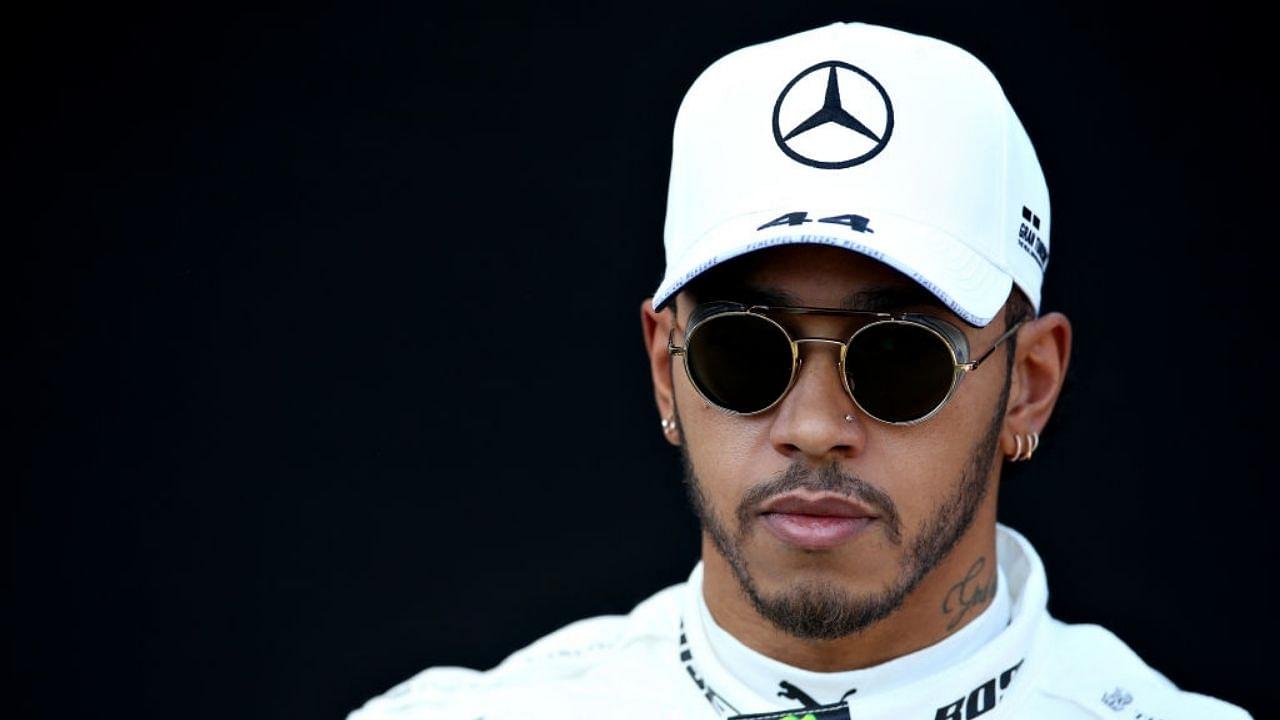“We don’t have that problem any more”- Lewis Hamilton explains how Mercedes solved their biggest drawback, making a dominant car yet again.
Lewis Hamilton who won the championship with Mercedes with final three races yet to go. The Briton explains that his team last year had one significant problem which was resolved in this year’s car.
“With last year’s car, for example, we had the longest car,” Hamilton said to Autosport. “It’s definitely been a bit of a surprise to see that none of the other teams has gone to the longest car.
“We’ve been winning with the longest car since 2017, and [other teams] are so stuck in the way they do things, in that ‘we’re still going to keep our car shorter.’
“Being that it’s a long car, it’s obviously got great downforce, but it’s not as nimble as a shorter car. Last year our car was good through medium and high-speed corners but was quite poor in low-speed corners. The car would not rotate as well as we’d like.”
“We started this year in winter testing and the car had similar characteristics. I had some challenges that I put towards the team in terms of how we set the car up, which changed that.
“It’s difficult to say too much but that difficulty we had last year with the car rotating, we don’t have that problem any more.”
Difficulty to adjust with both front and rear
Hamilton openly told that he is a driver who prefers to have a supreme level of quality in the front end, which has not always been something that Mercedes has delivered in recent seasons.
“I’ve always preferred a more positive front end in the car, but there’s a limitation with these tyres,” he said. “The front has a limitation, the rear has a limitation, grip wise.
“There’s saturation, there’s thermal deg and there’s only a certain amount you can do with the mechanical balance before it affects the other end. It’s like a see-saw.
“Last year our car was definitely very, very strong at the rear, and the car was generally driven by the rear end. The front was a lot more understeer last year.”
“You struggled a lot more when you go over the tyre [grip] and no matter how much we put the mechanical rearwards it wouldn’t really fix it. This year we have made some changes. With the aero balance, it’s a much longer process, you can’t just change it.
“Definitely over the winter we fixed it and moved the aero balance more rearwards, so the car was shifting different, and also at different steering angles and different yaw. So it definitely is working a lot better.”






